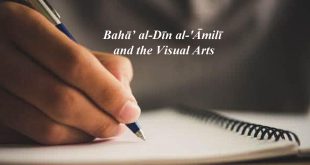The marjaʻīyat have played an important role in the political life of Shīʻī Iran. They strongly resisted foreign economic and political influences. They collaborated with Iranian liberal forces to serve the case of Justice and constitutionalism.
Nineteenth-century Iran witnessed the advent of a new socioreligious institution. While the theory of a divinely appointed Imam (Imām al-Manṣūb) increasingly became eschatological in nature, a highly centralized religious position came into being whose source of power was not to be found in the classical Shi’i doctrine. The position of marjaʻīyat-i taqlīd is a product of several religious developments that characterized the nineteenth-century Shīʻī community. The prevalence of the Uṣūlī school and the formulation of two important doctrines, i.e., aʻlamīyyat (more knowledgeability) and vilāyat-i faqīh (the governance of the jurist) are held as three major juridical impetuses underlying the birth of the institution of marjaʻīyyat-i taqlīd. Therefore, we will first deal with the Uṣūlī process, then the doctrines of aʻlamīyyat and vilāyat-i faqīh, then with the qualifications of a marjʻ, and the question of who the first marjaʻ of the Twelver-Shīʻī community was, and finally the place of marjaʻ-i taqlīd in the political life of Shi’i Iran.
Bibliographic Information
Title: The Establishment of the Position of Marjaʻīyat-i Taqlid in the Twelver-Shīʻī Community
Author(s): Ahmad Kazemi Moussavi
Published in: Iranian Studies, Vol. 18, No. 1 (Winter, 1985)
Language: English
Length: 17 pages
The Establishment of the Position of Marjaʻīyat-i Taqlid in the Twelver-Shīʻī Community
 Ijtihad Network Being Wise and Faithful Muslim in the Contemporary World
Ijtihad Network Being Wise and Faithful Muslim in the Contemporary World

